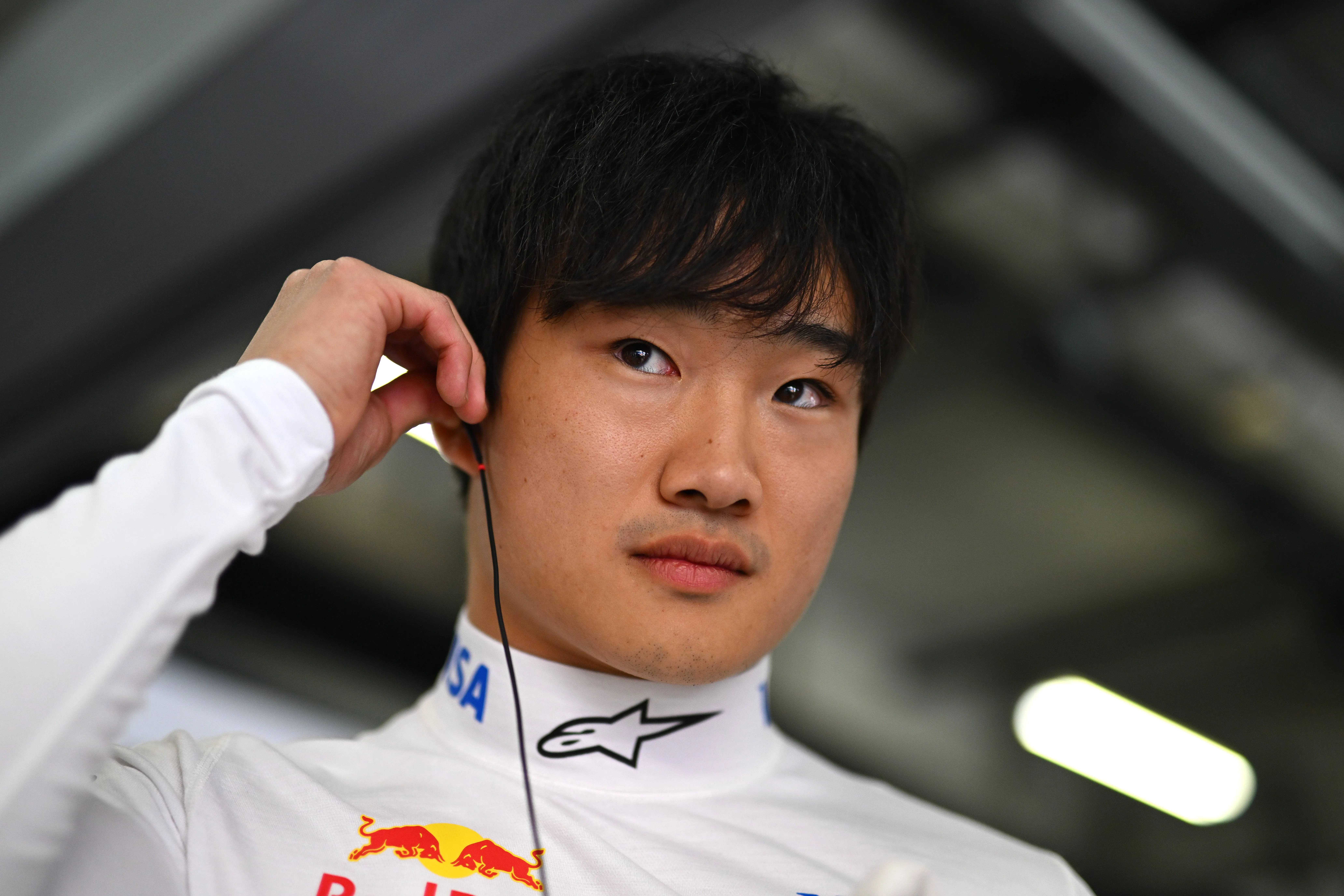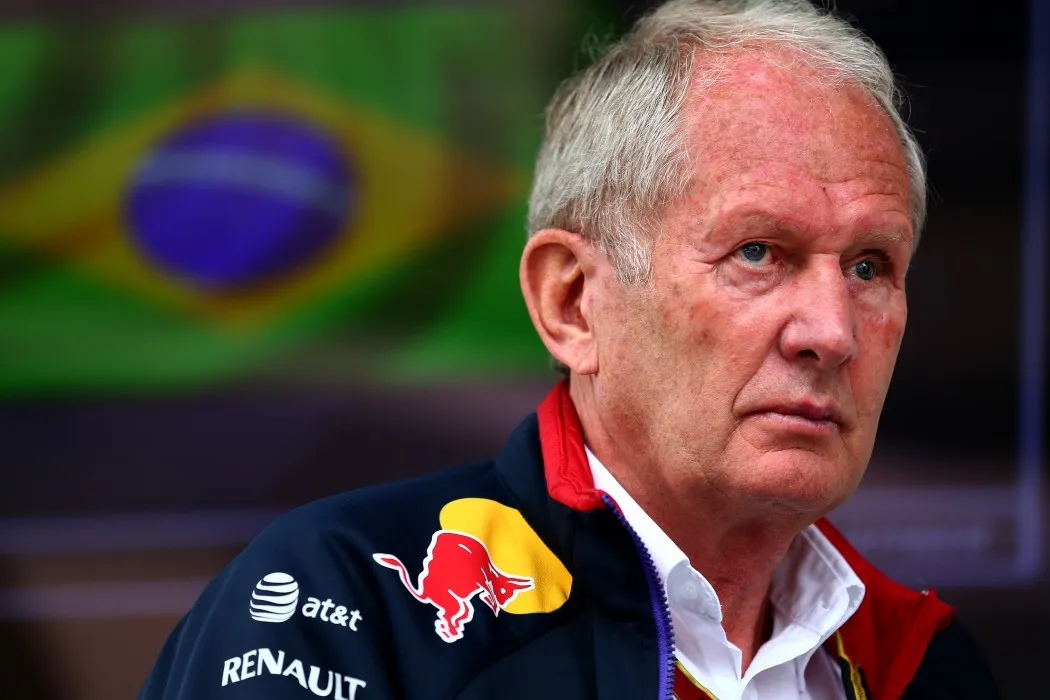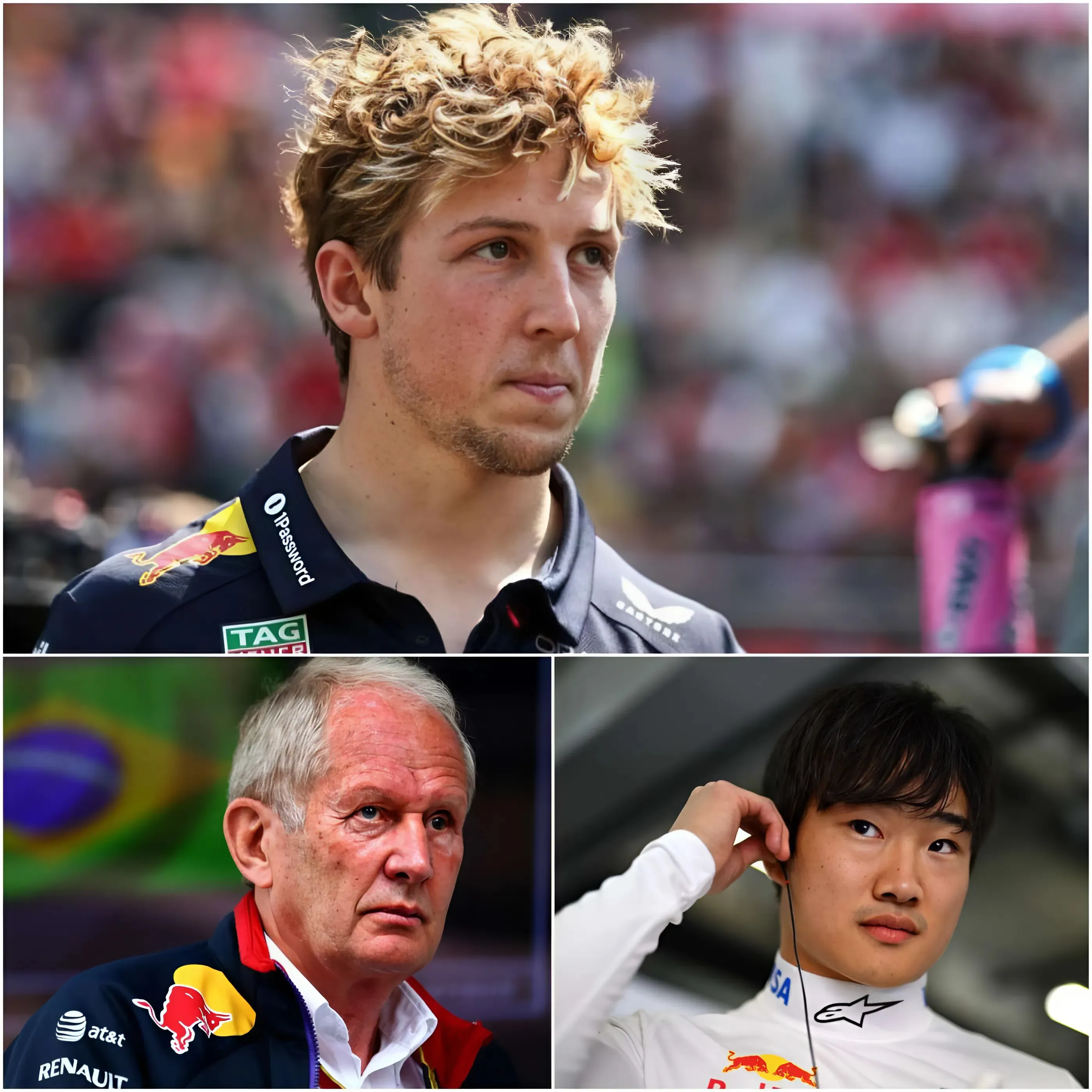The decision by Red Bull Racing to replace Liam Lawson after just two races has sparked significant debate in the motorsport community. Many are questioning whether Red Bull made a mistake by not choosing Yuki Tsunoda from the beginning and why Lawson, who has extensive knowledge of the Suzuka circuit, was not given the opportunity to race there. Additionally, concerns have been raised about Red Bull’s long-term strategy, as they continue to build their car around a single driver.

Helmut Marko, Red Bull’s advisor, recently shared his perspective on the situation, addressing the tough call made by the team and the reasoning behind it.

In an exclusive interview with Motorsport.com, Marko explained that Lawson was not demoted but rather reassigned to Racing Bulls, a team with a more competitive and manageable car. He acknowledged that the decision was made after an unfortunate start to the season for Lawson, beginning with a disrupted third practice session in Australia. This, according to Marko, had a ripple effect on Lawson’s confidence, which carried over to the Chinese Grand Prix, where he also struggled due to the sprint race format that allowed for only one practice session.

Marko also highlighted the difficulties posed by the RB21 car, stating that it is not the fastest machine and has a significant performance gap. He referenced past drivers such as Pierre Gasly and Alex Albon, both of whom struggled alongside Max Verstappen but later found success in less competitive environments.

When asked why Lawson was not given the chance to race in Suzuka, a track he knows well, Marko clarified that it was a unanimous decision within the team. He compared Lawson’s struggles to a boxer on the ropes, emphasizing that rather than leaving him in a dire situation, Red Bull chose to move him to a different environment where he could develop further.
One of the most contentious points raised was whether Lawson and Tsunoda were informed beforehand that their performances would be assessed after just a few races. Lawson himself expressed that he was aware of the limited time he had. Marko admitted that the unfortunate circumstances surrounding Lawson’s start played a role in the decision and that perhaps it was a mistake to expect him to perform at his best under such conditions.
Marko also noted that Tsunoda has shown remarkable improvement in his fifth season, appearing much stronger physically and mentally. This, coupled with Red Bull’s focus on securing their fifth consecutive world championship with Max Verstappen, led them to prioritize a second driver who could contribute to race strategy and car development.
The conversation then shifted to how Lawson received the news of his reassignment. According to Marko, it was Christian Horner who personally communicated the decision to Lawson.
One particularly interesting aspect of the situation is that former F1 driver Giedo van der Garde criticized Red Bull’s move on social media, suggesting it was closer to bullying or a panic reaction rather than a decision based on pure performance. Notably, Pierre Gasly, Nico Hulkenberg, Oscar Piastri, and even Max Verstappen liked the post. When asked whether it was fair to conclude that Verstappen wanted to keep Lawson, Marko confirmed that this was true. Verstappen reportedly argued that the RB21 is difficult to drive and that a better car would naturally lead to better performances from Lawson. However, Marko reiterated that Red Bull’s immediate priority is securing their championship, which requires two strong cars consistently in the top 10.
Additionally, speculation has arisen regarding a potential disagreement between Marko and Horner over whether Tsunoda should have been placed in the Red Bull seat for 2025. Marko dismissed these claims, stating that all decisions were made unanimously. He acknowledged that while Tsunoda had been inconsistent in the past, he has made significant strides recently, making him a better option for the team at this moment.
Finally, Marko pointed out that even at Suzuka, despite Lawson’s track familiarity, there were other examples of young drivers adapting quickly to new circuits. He cited Isack Hadjar, who was unfamiliar with the Shanghai track yet managed to get up to speed quickly, nearly matching Tsunoda’s performance in qualifying. This, according to Marko, is why Red Bull decided to make the move—to break the cycle before it damaged Lawson’s future prospects in Formula 1.
Ultimately, Red Bull’s decision has divided opinions. While some believe it was a pragmatic move to ensure competitiveness in the short term, others argue that it may have been premature and could impact their long-term driver development strategy. Whether the team’s gamble will pay off remains to be seen, but for now, the pressure is on Tsunoda to justify his place while Lawson looks to rebuild his career at Racing Bulls.
 “Shocking! Red Bull Racing Replaces Liam Lawson – Marko Insists It’s a Lifeline for His Future!
“Shocking! Red Bull Racing Replaces Liam Lawson – Marko Insists It’s a Lifeline for His Future!  ”
”




 Max Verstappen revela felizmente el nombre único de su hijo, inspirado en una persona especial, justo antes del Gran Premio de Japón.
Max Verstappen revela felizmente el nombre único de su hijo, inspirado en una persona especial, justo antes del Gran Premio de Japón.

 ”
”